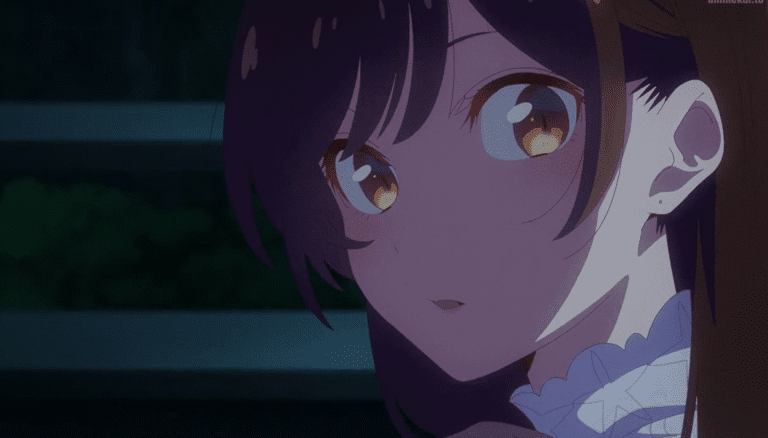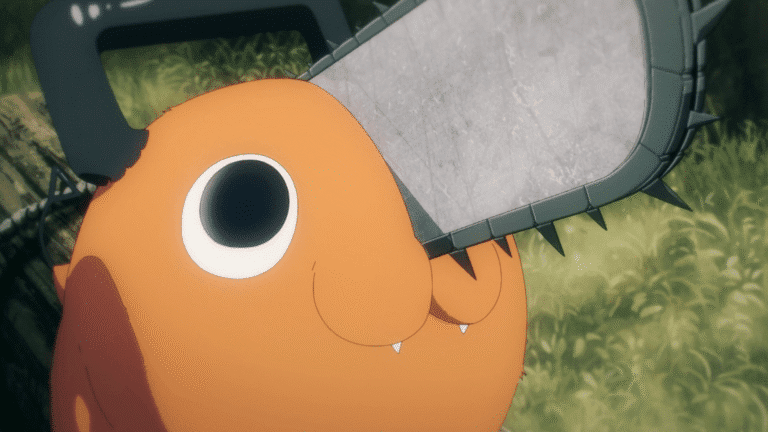Is Fanservice Killing Great Anime Stories?
The Fanservice Dilemma
You’re watching a gripping anime—intense plot, strong character development, and then… a random hot springs episode. Or an awkward boob fall. Or a close-up panty shot mid-battle.
Sound familiar?
That’s fanservice—the deliberate addition of sexual or titillating content to please fans. But over the years, fans have started to ask: Is fanservice ruining otherwise great anime?
Let’s break down the impact of fanservice on anime, the debate around it, and whether it’s helping or hurting the art of storytelling.
What Is Fanservice in Anime?
In anime, fanservice refers to content added purely to please the audience. This can be:
- Sexual: Cleavage shots, nudity, awkward positioning
- Action-based: Over-the-top fight scenes just for hype
- Character-based: Cute or “moe” character archetypes
While action and humor-based fanservice have their place, the sexual kind is where most criticism lies.
Why Do Studios Use Fanservice?
1. Boost Viewer Engagement
Fanservice draws attention. A flashy screenshot or steamy scene can go viral, increasing word-of-mouth buzz and viewer count.
2. Sell Merchandise
Waifu culture and “best girl” wars lead to sales in:
- Body pillows
- Posters
- Figurines
- Blu-rays (often with uncensored scenes)
3. Target Demographics
Many anime still target teen and young adult male audiences, where sexual humor or titillation are seen as desirable hooks.
When Fanservice Goes Too Far
Some anime lose sight of the plot, tone, or emotional beats to make room for needless fanservice.
🚨 Examples:
- Fire Force: Tamaki’s “lucky lecher” moments often undercut serious moments and annoyed fans who wanted more consistent tone.
- High School of the Dead: A zombie apocalypse anime with absurd levels of bouncing breasts and panty shots—even during life-or-death scenes.
- Sword Art Online (Alicization arc): Accused of inserting uncomfortable fanservice scenes in otherwise high-stakes, serious arcs.
These moments often derail immersion and can push away viewers who are looking for serious storytelling.
How Fanservice Affects Storytelling
❌ Breaks Immersion
Imagine an emotionally charged moment that gets cut off for a boob gag. It ruins tone and disrespects the emotional investment of the viewer.
❌ Reduces Character Depth
When a character is over-sexualized, it often overshadows their emotional journey, agency, or development.
❌ Narrows Audience Appeal
Anime loaded with sexual fanservice tends to alienate:
- Female viewers
- Newcomers to anime
- International streaming platforms (due to censorship)
When Fanservice Works
Not all fanservice is bad. When done with context, intent, and moderation, it can:
- Fit the tone of the show (Kill la Kill, Prison School)
- Be used for satire or parody (Konosuba)
- Serve character arcs or relationships (Your Lie in April, subtle romantic tension)
It’s not the presence of fanservice that’s the issue—it’s the execution.
💬 What Fans Are Saying
- “I’m tired of great anime being cheapened by unnecessary ecchi scenes.”
- “If it fits the tone, fine. But stop adding it in serious moments.”
- “I skip fanservice episodes completely. They add nothing.”
- “Some shows are pure fanservice—and that’s okay, just label them honestly.”
Fans are becoming more vocal about wanting substance over skin—especially as anime grows globally.
Final thought: Is Fanservice Killing Great Anime?
It depends. Fanservice can be harmless, funny, or even empowering when used correctly. But when it’s forced, excessive, or inserted into serious moments, it does hurt storytelling.
Modern anime is rich with innovation, depth, and art. Let’s not bury it under unnecessary bounce physics.
Fan or Fed Up?
Do you enjoy fanservice when done right, or do you find it distracting? Share your take in the comments below.
Image credit David Production







